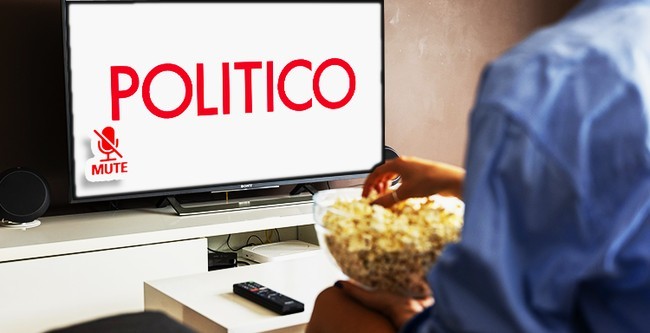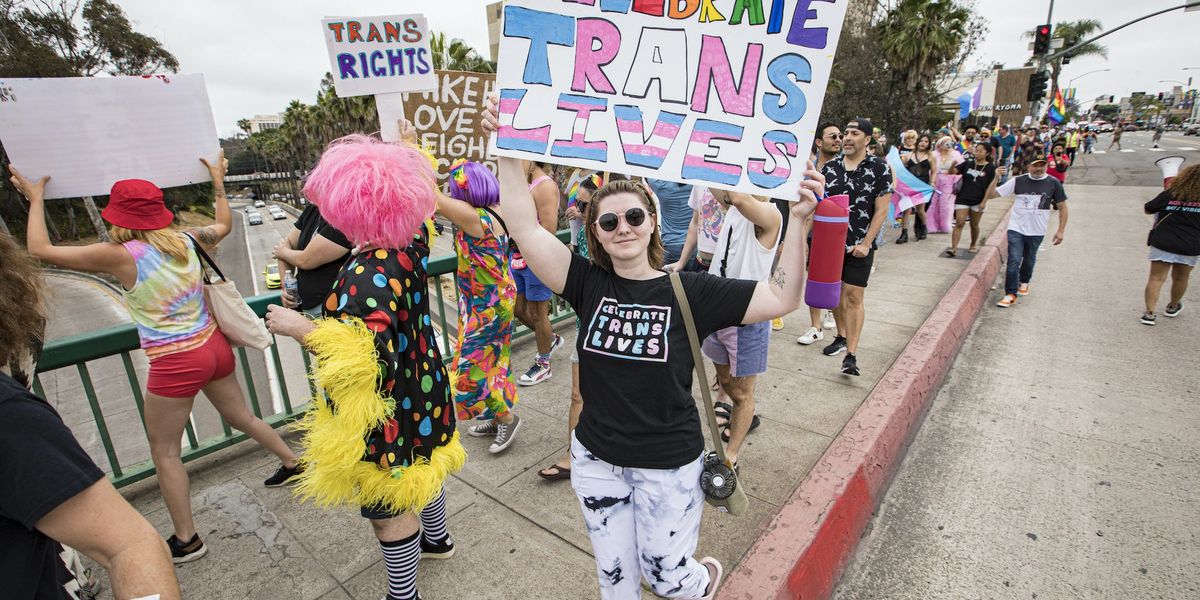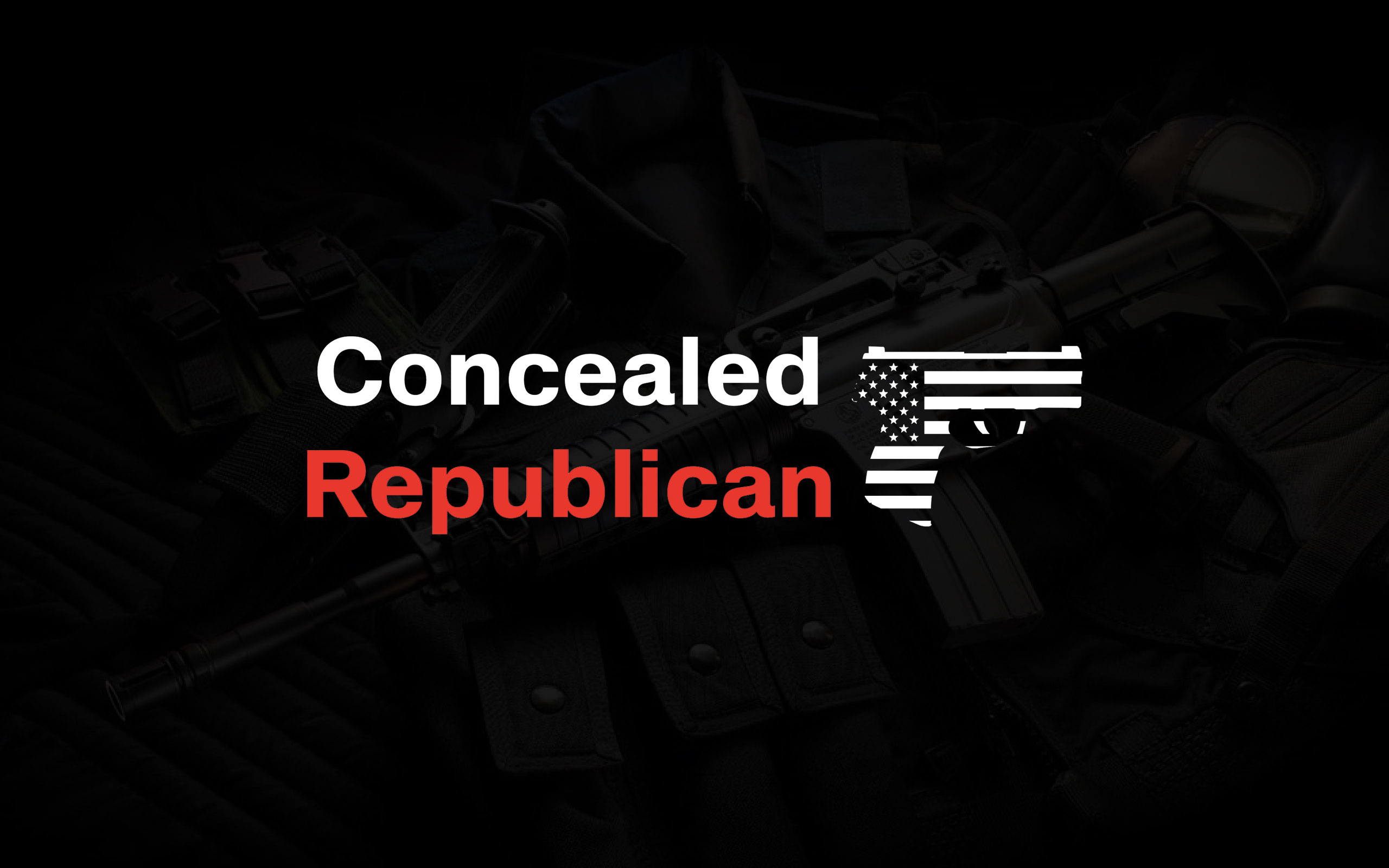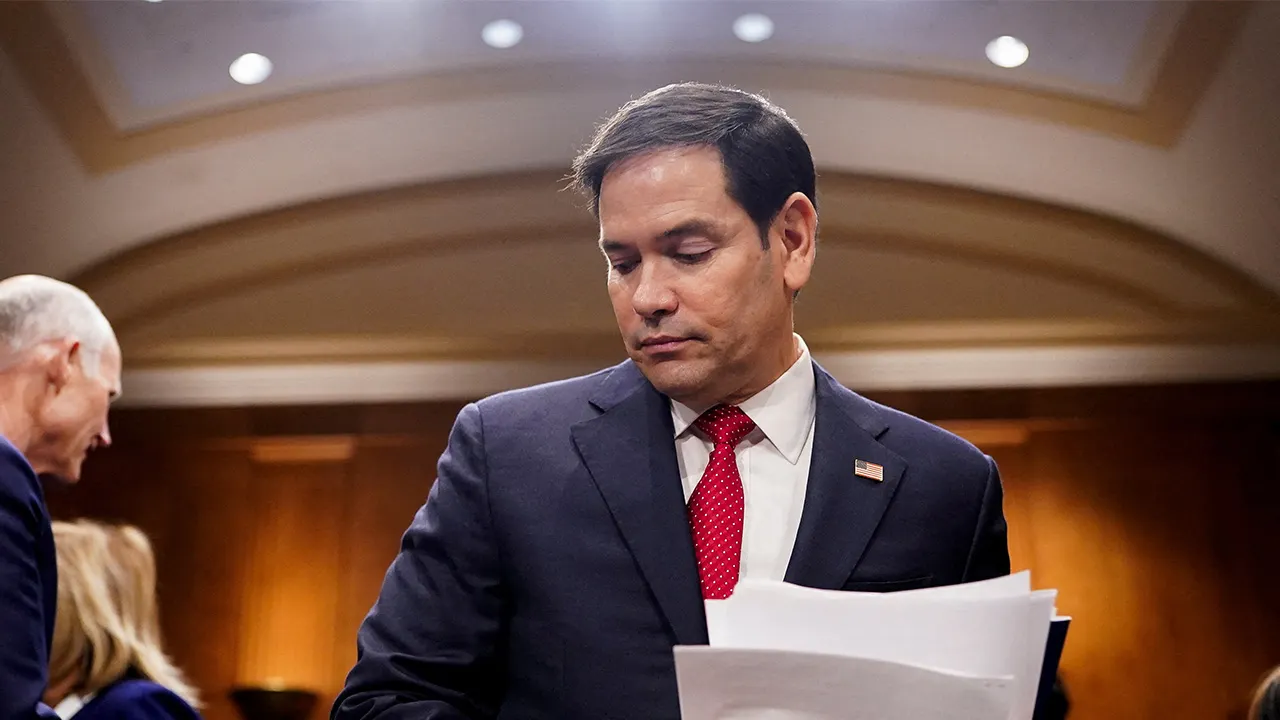What a difference an election can make.
When Biden and then Kamala Harris were running for office, the economy was perfect. The best ever. A dream economy.
Now that the election is over, they have suddenly discovered that the government indeed was lying about how things were going and the American people, who were dissatisfied all along were right.
Politico before vs after the election: pic.twitter.com/LZ4QWceK5F
— End Wokeness (@EndWokeness) February 12, 2025
You can’t make this up. If you can avoid whiplash when reading the Pravda Media, it’s only because you protected yourself like a NASCAR driver against the twists, turns, and crashes in the media narrative.
I wonder what else Dem voters might have been tricked about, and at whose hands?https://t.co/qj8nXWZDaj
— Ultimate Philosopher (Wisdom Junkie; Logic Fan) (@ult_phil) February 11, 2025
More people have been waking up to the serial hoaxes being pushed by Pravda and the Communist–I mean Democrat–Party. And no wonder–all they do is lie when it suits them. And now that the old lies are being revealed, they act shocked that they were deceived rather than admit that they were in on the deception.
After all, they need to recover some of their credibility, lest they be unable to perpetrate the next hoax.
Before the presidential election, many Democrats were puzzled by the seeming disconnect between “economic reality” as reflected in various government statistics and the public’s perceptions of the economy on the ground. Many in Washington bristled at the public’s failure to register how strong the economy really was. They charged that right-wing echo chambers were conning voters into believing entirely preposterous narratives about America’s decline.
What they rarely considered was whether something else might be responsible for the disconnect — whether, for instance, government statistics were fundamentally flawed. What if the numbers supporting the case for broad-based prosperity were themselves misrepresentations? What if, in fact, darker assessments of the economy were more authentically tethered to reality?
Of course, it isn’t a POLITICO reporter making this case, but a former U.S. Comptroller of the Currency whom the reporters for some reason didn’t bother talking to prior to the election because, well, The Narrative™ had to be maintained. It’s not like many people haven’t been making the same arguments, but since they weren’t backing Biden they were subjects of debunking, not curiosity.
The Federalist has a great article comparing and contrasting the pre-election vs. post election coverage by the outlet, and it paints a damning picture of how the media conspired with the establishment to pull the wool over the electorate’s eyes. But, unlike matters about which voters have no direct experience, we can see with our own eyes how the economic climate impacts our daily lives.
“Many in Washington … charged that right-wing echo chambers were conning voters into believing entirely preposterous narratives about America’s decline,” Ludwig continued.
But as it turns out, it was Politico itself (and dozens of other propaganda outlets) that was “conning” the American people into believing the economy was prosperous.
Take this Politico article published in October of 2024: “Harris is riding a dream economy into the election. It may be too late for voters to notice.”
The numbers showed a “solid economic picture” and a “remarkable victory” for the Biden-Harris administration, according to the article, which cited statistics like the unemployment rate, the stock market, and gross domestic product (GDP).
Less than a month later, Politico released yet another rave review about the economy.
“‘Surprisingly strong’: Economy shows robust growth in final report before election.”
“The economy’s surprising resilience through the final months of the presidential campaign represents a positive outcome for Vice President Kamala Harris as she makes her closing argument to voters,” the article stated, adding, however, that voters were “still incensed over still-elevated price levels since Biden and Harris entered office.”
Months earlier Politico salivated at “Biden’s ‘holy grail’ economy.”
Pre-election POLITICO was all-in on Biden’s economic miracle. Now…
These numbers have time and again suggested to many in Washington that unemployment is low, that wages are growing for middle America and that, to a greater or lesser degree, economic growth is lifting all boats year upon year. But when traveling the country, I’ve encountered something very different. Cities that appeared increasingly seedy. Regions that seemed derelict. Driving into the office each day in Washington, I noted a homeless encampment fixed outside the Federal Reserve itself. And then I began to detect a second pattern inside and outside D.C. alike. Democrats, on the whole, seemed much more inclined to believe what the economic indicators reported. Republicans, by contrast, seemed more inclined to believe what they were seeing with their own two eyes.
Within the nation’s capital, this gap in perception has had profound implications. For decades, a small cohort of federal agencies have reported many of the same economic statistics, using fundamentally the same methodology or relying on the same sources, at the same appointed times. Rarely has anyone ever asked whether the figures they release hew to reality. Given my newfound skepticism, I decided several years ago to gather a team of researchers under the rubric of the Ludwig Institute for Shared Economic Prosperity to delve deeply into some of the most frequently cited headline statistics.
The old saw that there are “lies, damn lies, and statistics” remains totally true, here and everywhere. Models are designed to get the desired results, not to give an accurate picture of what is happening in the far more complicated world outside the statisticians’ model.
What we uncovered shocked us. The bottom line is that, for 20 years or more, including the months prior to the election, voter perception was more reflective of reality than the incumbent statistics. Our research revealed that the data collected by the various agencies is largely accurate. Moreover, the people staffing those agencies are talented and well-intentioned. But the filters used to compute the headline statistics are flawed. As a result, they paint a much rosier picture of reality than bears out on the ground.
Take, as a particularly egregious example, what is perhaps the most widely reported economic indicator: unemployment. Known to experts as the U-3, the number misleads in several ways. First, it counts as employed the millions of people who are unwillingly under-employed — that is, people who, for example, work only a few hours each week while searching for a full-time job. Second, it does not take into account many Americans who have been so discouraged that they are no longer trying to get a job. Finally, the prevailing statistic does not account for the meagerness of any individual’s income. Thus you could be homeless on the streets, making an intermittent income and functionally incapable of keeping your family fed, and the government would still count you as “employed.”
In other words, it doesn’t even require outright juking of the statistics to create an entirely misleading picture. All you need to do is cherry-pick things, collect data that doesn’t mean what they say it means, and you can make things look any way you want. Every single statistician is doing his job, even with complete integrity, and what comes out of the model is garbage.
I don’t believe those who went into this past election taking pride in the unemployment numbers understood that the near-record low unemployment figures — the figure was a mere 4.2 percent in November — counted homeless people doing occasional work as “employed.” But the implications are powerful. If you filter the statistic to include as unemployed people who can’t find anything but part-time work or who make a poverty wage (roughly $25,000), the percentage is actually 23.7 percent. In other words, nearly one of every four workers is functionally unemployed in America today — hardly something to celebrate.
Washington and New York are filled with people whose connection to the real world is so tenuous that they have no idea of what is happening on the ground, and even when they see it with their own eyes–such as Gavin Newsom walking through streets filled with homeless people–they can deny reality.
My colleagues and I have modeled an alternative indicator, one that excludes many of the items that only the well-off tend to purchase — and tend to have more stable prices over time — and focuses on the measurements of prices charged for basic necessities, the goods and services that lower- and middle-income families typically can’t avoid. Here again, the results reveal how the challenges facing those with more modest incomes are obscured by the numbers. Our alternative indicator reveals that, since 2001, the cost of living for Americans with modest incomes has risen 35 percent faster than the CPI. Put another way: The resources required simply to maintain the same working-class lifestyle over the last two decades have risen much more dramatically than we’ve been led to believe.
The effect, of course, was particularly intense in the wake of the pandemic. In 2023 alone, the CPI indicated that inflation had driven prices up by 4.1 percent. But the true cost of living, as measured by our research, rose more than twice as much — a full 9.4 percent. And that laid bare the oft-quoted riposte that wage gains outpaced inflation during the crisis following COVID-19. When our more targeted measure of inflation is set atop our more accurate measure of weekly earnings, it immediately becomes clear that purchasing power fell at the median by 4.3 percent in 2023. Again, whatever anyone may have claimed from the prevailing statistics during the run-up to the 2024 election, reality was drastically more dire for the great majority of Americans.
None of this is a surprise for those of us who live in the middle or working classes–some of whom, like me, haven’t seen a raise in quite some time. Our purchasing power erodes while politicians and media mavens tell us everything is great–and it is, for THEM.
Chances are good that all the Democrats who were insisting the economy was great actually believed it. They have incomes and expenses that are insensitive to the economic realities you and I face. Their NetZero policies don’t make a dent in their lifestyles, as we see our gas and electricity prices skyrocket. The price of caviar or steak a matter of indifference to them. If you are flying in a government or private jet, you aren’t worried about ticket prices or anything so mundane.
So, when a bureaucrat gives you a statistic, you take it at face value.
Which is why the polls and the election results were such a shock to them. They genuinely believed that things were great, and why not?
Measuring the economy is not like rocket science, which is comparatively much easier. Engineering a rocket may be tough, but any 9th grader should be able to calculate the trajectory of a rocket. Modeling an economy is as difficult as modeling the climate–there are too many variables, the statistics are too unreliable, and the models tell you only what you program them to tell you.
GIGO.
Read the full article here






![‘It Stops Today’ – Pam Bondi Unleashes Lawsuit Against NY’s Pro-Illegal Alien Laws [WATCH] ‘It Stops Today’ – Pam Bondi Unleashes Lawsuit Against NY’s Pro-Illegal Alien Laws [WATCH]](https://www.rvmnews.com/wp-content/uploads/2024/11/2024.11.21-11.54-rvmnews-673fc82e3cce8.jpg)
![Rep. Luna Refers Jerome Powell to DOJ Over $2.5B Fed Building Scandal [WATCH] Rep. Luna Refers Jerome Powell to DOJ Over $2.5B Fed Building Scandal [WATCH]](https://www.lifezette.com/wp-content/uploads/2025/06/2025.06.18-11.33-lifezette-6852a3f59b6cd.jpg)



![Two Tourists Rescued from the Same Active Volcano Where Brazilian Woman Fell to Her Death [WATCH] Two Tourists Rescued from the Same Active Volcano Where Brazilian Woman Fell to Her Death [WATCH]](https://www.boredtrashpanda.com/wp-content/uploads/2025/07/2025.07.18-04.33-boredtrashpanda-687a776dcf7f6.jpg)
